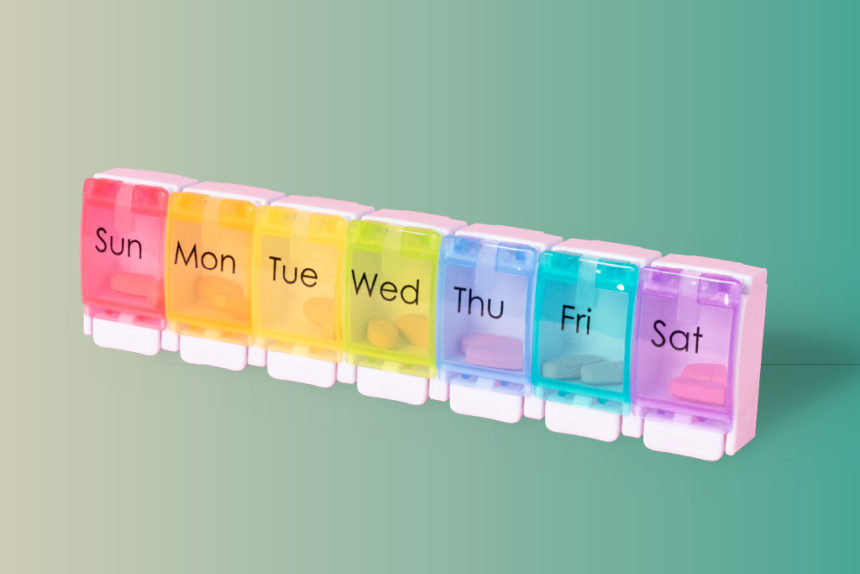Spending on medicines has shown a remarkable resilience to the stresses endured by the healthcare system over the past three years.
According to a recent IQVIA report, U.S. pharmaceutical spend is expected to reach $763 billion by 2027, reflecting flat-to-2% growth over the next five years. That’s before off-invoice discounts and rebates, which are likely to shave about 45% off the gross estimate, bringing the net down to about $420 billion.
Still, the forecast shows that, despite the colossal disruption of 2020 and the partial bounceback of 2021 and 2022, the drug market is enjoying a robust post-pandemic recovery.
“The list price trend is quite encouraging from an industry net-revenue perspective,” said Michael Kleinrock, research director of the IQVIA Institute for Human Data Science, which issued the report. “There’s certainly more headwinds in the outlook than we saw a year ago, but we’re still here.”
On a global basis, the amount spent buying medicines from drugmakers is poised to grow more rapidly, increasing at a rate of 3% to 6% per year to $1.9 trillion by 2027, per IQVIA.
That forecast doesn’t even factor in spending on COVID vaccines or therapeutics, which is expected to reach $497 billion globally. Of that, $163 billion, or 32% of the total, will come from the U.S., indicative of higher U.S. prices, expected rates of vaccination and the ongoing need for therapeutics through the period, IQVIA said.
COVID vaccinations are likely to account for the lion’s share of medicine purchases through the next five years. Aside from pandemic-related outlays, IQVIA sees spending driven by innovation in a host of therapeutic categories.
Already the largest therapy area for pharma by drug spend, oncology is set to lead the way, growing at a 13% to 16% CAGR through 2027 to $370 billion – nearly double its current level. That’s followed by immunology, with treatments for autoimmune disorders forecast to expand at a 3% to 6% clip to $177 billion. Spend in both areas will be offset by biosimilars and losses of exclusivity on older drugs, according to the report.
Relatively few biosimilars are expected to launch in oncology until later in the decade when Pfizer’s Ibrance is scheduled to lose exclusivity (in 2027). But more than half of current immunology spending will face generic pressure in the next five years, IQVIA predicts. For instance, the introduction of biosimilar adalimumab (Humira) in the U.S. this year is likely to drive down the average cost of therapy to $24 a day.
Notwithstanding the flat-to-moderate overall spending prognosis in the U.S., new products will still perform well. The oncology pipeline is expected to yield more than 100 new drugs in the next five years, from cell and RNA therapy to immuno-oncology and precision medicine.
That said, many therapy areas in the U.S. pharma market are coming under increasing pressure, as payers and other stakeholders seek to drive greater concessions to hold the line on prices and curb drug spend growth. Their methods range from negotiated discounts to rebates, and manufacturer coupons (which reduce drugmakers’ revenues) to statutory rebates in the Medicaid program.
“There’s an expectation, certainly, in our outlook that there will be an amplified set of examinations of the value of medicines,” explained Kleinrock.
Then there’s the Inflation Reduction Act (IRA) which is poised to take a bite out of manufacturers’ gross-to-net revenue. Provisions of the new legislation include price negotiation, subsidizing the so-called “donut hole” in the Medicare program, a Part D cap on insulin prices, and a new policy whereby manufacturers must pay rebates if drug prices increase faster than general inflation.
“The passage of the IRA in the U.S. is indicative of negotiation of value becoming more accepted across all geographies,” said Kleinrock, adding that without the new legislation, IQVIA’s U.S. pharma spending outlook would have been 1% higher.
New brands were the largest driver of growth from 2017 to 2022. Over the next five, however, they’re expected to be hamstrung by what IQVIA calls “lingering effects” of the pandemic, which will manifest in poorer patient and physician engagement.
Take patient flows. There’s a question of whether people are still seeking preventive care and screenings in the same way.
“There’s a whole journey that happens in the health system to appropriately use medicine,” Kleinrock explained. “If I didn’t go to the doctor at all because the pandemic had me sitting on the couch watching TV for three years, then I’m not part of that. And so the flow of patients that might be eligible for new drug X are missing to some degree.”
From a physician-marketing perspective, doctors and drug companies adapted well to the Zoom world. But as promotional activities go, IQVIA has found that a virtual meeting with a sales rep is less effective than an in-person one in terms of spurring prescribing.
Moreover, Kleinrock has also seen an expansion of the “no-see” dynamic at some teaching hospitals and other institutions, as those that may have barred reps for public health reasons during the first year or two of the pandemic have kept them in place even after the broader shutdowns lapsed.
Companies will have to figure out the right balance of remote and in-person engagement to communicate the value of their medicines to relevant stakeholders. And although that change won’t be easy, spending on medicines is expected to be largely similar to the pre-COVID outlook, albeit growing a little more slowly in North America and Western Europe where higher-income countries cluster.
“In terms of the post-COVID environment, 2024 and beyond are at the trends we’d expected prior to the pandemic. It’s just taking a little while to get back there,” said Kleinrock. “It’s encouraging, considering the most consequential public health event in my lifetime.”







